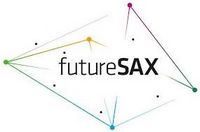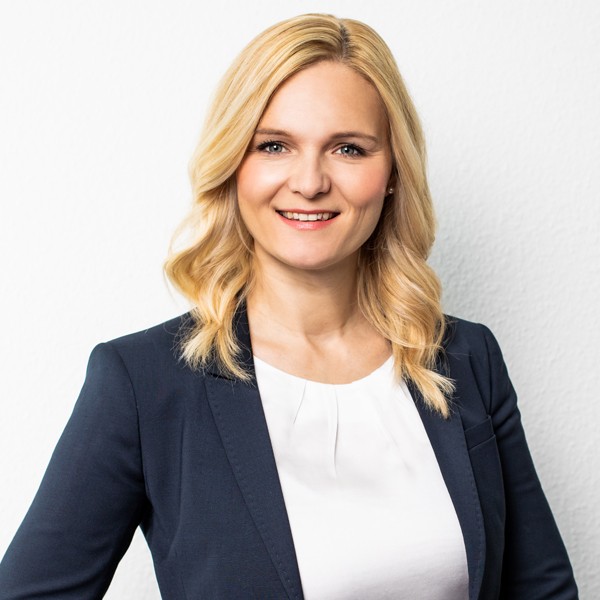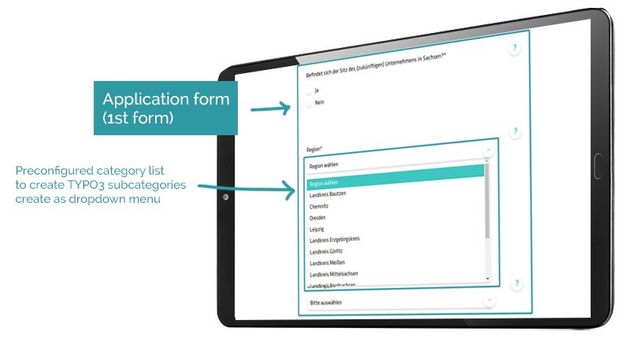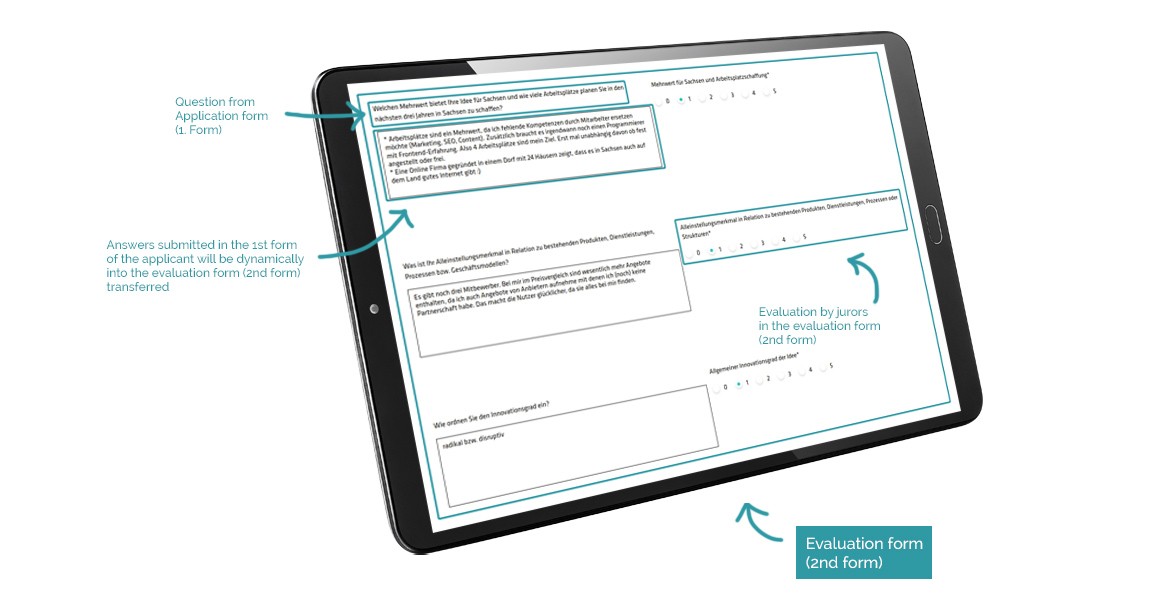
With its start-up and innovation competitions, futureSAX has been the central point of contact for innovation in the Saxony since 1999. In addition, the focus is particularly on cross-industry networking of innovators from business and science as well as stimulating collaborations and cooperation. All this strengthens the culture of innovation in Saxony. Saxony-wide formats support the cross-target group exchange of experiences, strengthen the transfer of capital and provide growth impulses for sustainable innovations. This increases the effectiveness of innovation processes.
Employees
19
Established
1999 (since 2017 as LLC)
Competitions 2022
3 state prizes & 4 calls by the start-up funding InnoStartBonus

The Saxon innovation ecosystem is characterized by a high level of dynamism. As the state's innovation platform, we have a more flexible competition module after the conversion, with which we can improve the user experience in an agile manner and react to new requirements.
Marina Heimann
Manager
futureSAX GmbH

The plan
The focus is on the continuous support, further development and optimization of the innovation platform. FutureSAX editors and employees should be able to independently make as many changes as possible to the numerous competitions and workflows. The priority is a pleasant experience in the backend and in the frontend of the platform for all users. In addition to the futureSAX employees, these are the competition participants, event visitors, and jurors.
So far, the futureSAX employees have been dependent on the TYPO3 Agency for help several times a year when creating start-up or innovation competitions on the web platform or when making changes to the existing processes. This should be optimized to prevent discussions and clarifications and futureSAX can work more independently. It was desired that futureSAX should be able to make changes to the competition forms completely freely and flexibly in the future.

Implementation

In the summer of 2022, extensive redesigns of the competitions and all related workflows began. The complex but static application and evaluation forms in TYPO3 should allow being designed flexibly without the need for additional programming.
With the very powerful form framework, TYPO3 already provides an optimal basis for individual form designs. However, the basic configuration of the form framework was not sufficient for this project. In order to meet the high demands on complexity in the futureSAX project, Netresearch extended the framework with many more form elements. For example, a date picker and a text/image element have been integrated, which futureSAX can insert into any form. Furthermore, a category list was preconfigured, with which TYPO3 subcategories can be easily inserted into the forms as a dropdown menu.

All of these new form elements can be extensively individualized by futureSAX employees and integrated into existing or new forms as desired.
There was also a need for optimization of the evaluation forms, which are used by a jury to evaluate the entries submitted to the competition. Until now, the judges had to work very cumbersomely in the evaluation form while accessing the competitor's documents on a second monitor or in printed form. In the case of very extensive documents, the relevant positions had to be found in the applications, which was very time-consuming and laborious.
A solution has now been implemented for futureSAX, with which the jurors work in a single form to evaluate the submitted competition entries. In this, both the original questions and tasks of the competition as well as the associated information of the participant are presented. At the same time, the jurors can now use the same form evaluation and entering ratings.
futureSAX employees thus can independently reference between the two forms now, one for applications and one for evaluations. The jurors, whose task it is to evaluate numerous competition entries, can work very efficiently and time-saving. Although creating new competitions is quite a complex task, futureSAX will no longer require direct support from their agency and can act completely independently.
The applications have to be displayed dynamically in the backend, since the forms and thus the structure and content can be configured as desired by the user in the future. In order to display data records in the TYPO3 backend, the TCA is used, which statically fetches the fields to be displayed from the database. This is where Netresearch came in and the data is now loaded dynamically based on the form configuration and displayed in the backend.
Impressions

Key features
| TYPO3 | ||
| Form framework |
| CI/CD pipelines |
The result
With the new extended form framework, futureSAX can now handle online competitions with significantly reduced effort. The work has been greatly simplified for everyone involved in the application and assessment workflow. It is now possible for futureSAX employees to independently create complex dynamic forms themselves and in a much shorter time than before, and without the need for time-consuming programming by an agency. We were able to meet the requirements to make both the backend and the frontend more user-friendly. The first competitions are already running smoothly. After a successful test in live operation, further optimization steps in the form workflow can be checked and implemented.



Thomas Wilhelm
Consultant web platforms,
CMS, TYPO3
+49 341 47842241
Want to know more?
Get detailed information about a project via email or in a personal talk. I'd be happy to advise you.
consulting(at)netresearch(dot)de
+49 341 - 478420
